
How is a skateboard used for performing tricks and street skating?
Skateboarding has evolved from a simple pastime to a dynamic art form that combines athleticism, creativity, and urban expression. Whether you're watching Tony Hawk land the first 900 or seeing a local skater hit a curb, understanding how skateboards are used for tricks and street skating reveals a fascinating world of physics, technique, and cultural significance.
1. The Physics Behind Board Control: It's All About Balance and Momentum
The core principle of trick skateboarding relies on Newton's laws of motion working in perfect harmony with the rider's body control. When performing an ollie (the foundation of most skate tricks), skaters utilize the tail of the board as a fulcrum, creating a lever system that launches both board and rider into the air simultaneously.
Street skaters manipulate their center of gravity by shifting weight between their front and back feet, allowing them to control the board's trajectory even when their feet aren't touching it. This delicate balance of physics enables skaters to perform seemingly impossible maneuvers like kickflips, heelflips, and 540-degree aerial rotations.
2. Street Obstacles Become Creative Launchpads
Street skating transforms urban landscapes into playgrounds, with skaters viewing curbs, stairs, rails, and ledges as opportunities rather than barriers. Skateboard trucks (the metal T-shaped components beneath the deck) are specifically designed to withstand the impact of concrete landings while providing the flexibility needed for grind tricks on metal rails.
Professional street skaters spend years perfecting their approach to different obstacles, calculating speed, angle, and timing to execute tricks safely. The creativity involved in linking multiple obstacles together in a single run - called a "line" - showcases the artistic side of skateboarding that has influenced everything from architecture to video game design.
3. Trick Progression Follows a Logical Learning Curve
Contrary to popular belief, skateboarding tricks follow a structured progression system. Most skaters begin with basic maneuvers like the ollie, then advance to manuals (wheelies), shuvits (board spins), and finally complex flip tricks. This systematic approach mirrors martial arts belt systems, with each level building upon previous skills.
Street skating specifically emphasizes stance versatility - learning tricks while riding regular (left foot forward) and goofy (right foot forward), plus switch stance (opposite of your natural stance) and nollie stance (back foot on tail). Mastering stance transitions allows skaters to approach obstacles from multiple angles and maintain flow throughout their runs.
4. The Deck Design Revolution: Concave Contours for Maximum Control
Modern skateboard decks aren't flat planks of wood - they're precision-engineered tools with specific concave shapes that facilitate trick performance. The bowl-shaped depression in quality decks provides foot pockets that prevent slipping during flip tricks while allowing toes and heels to grip for maximum control.
Professional street skaters often customize their board setup with specific griptape textures, wheel hardness ratings (measured in durometer), and truck tightness settings. These modifications can mean the difference between landing and bailing on challenging tricks, with many pros spending more time perfecting their setup than learning new maneuvers.
5. Transition Tricks Bridge Street and Vert Skating Worlds
Street skating incorporates transition elements like coping (the rounded edge of ramps) and quarter pipes, requiring skaters to combine street technicality with vert skating's aerial awareness. Tricks like the stall, where a skater balances on coping with their back trucks, demand precise speed control and spatial awareness developed through countless practice sessions.
The ability to read transitions - understanding how speed translates into airtime - separates experienced street skaters from beginners. This skill translates to safety awareness, as misjudging approach speed in street spots can lead to dangerous falls or property damage.
6. Street Skating Has Spawned Its Own Vocabulary and Culture
The language of skateboarding reflects its creative spirit, with tricks receiving names that range from technical descriptions to pop culture references. Street skating terminology includes terms like "manual pad" (concrete surface for practicing wheelies), "cop killer" (grinding the sharp edge where two surfaces meet), and "credit card" (sliding on the board's edge with minimal hardware contact).
This linguistic evolution demonstrates how street skating has developed its own subculture, complete with fashion trends, music preferences, and social hierarchies based on skill level rather than traditional social status markers.
7. Modern Technology Has Revolutionized Street Skating Access
Today's skateboarding landscape benefits from YouTube tutorials, smartphone slow-motion cameras, and online communities that make trick progression more accessible than ever. Street skaters can now study professional techniques frame-by-frame, connect with local skate scenes through social media, and even use apps to locate skate-friendly spots and avoid security encounters.
Digital platforms have also influenced trick evolution itself, with skaters creating increasingly technical maneuvers specifically designed to go viral or push the boundaries of what's physically possible on a skateboard.
From Concrete to Creativity: The Enduring Appeal of Street Skating
Understanding how skateboards are used for performing tricks and street skating reveals why this activity has maintained its cultural relevance for over 60 years. It combines physical challenge with creative expression, turning ordinary urban environments into dynamic stages for athletic artistry.
Whether you're a seasoned skater perfecting your flip tricks or a curious observer fascinated by the physics and culture, street skating demonstrates humanity's endless capacity to transform limitations into launching points for innovation and self-expression.
The next time you see someone hitting a curb with their skateboard, remember that you're witnessing centuries of evolution in balance, physics, and creative problem-solving - all rolling along on four wheels and a piece of treated maple wood.


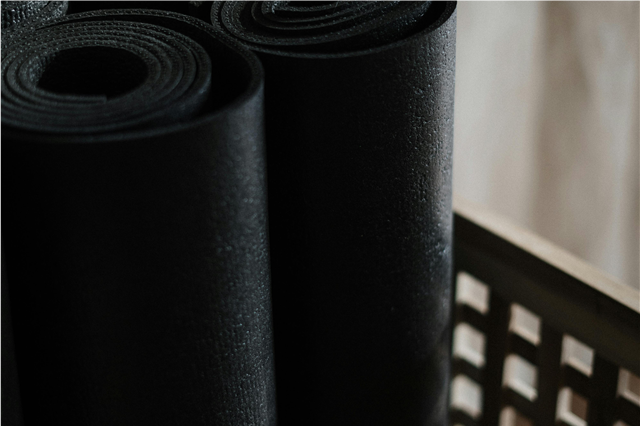
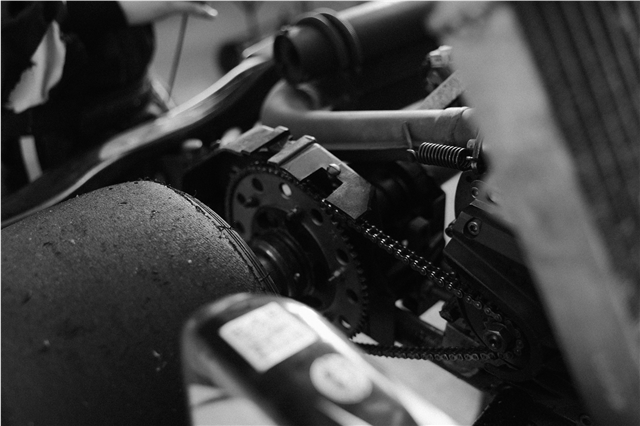
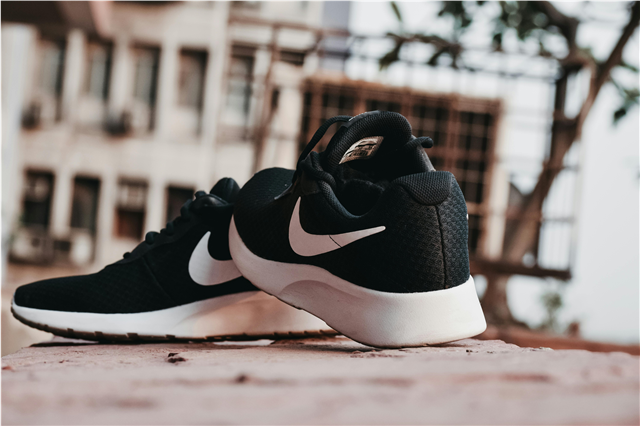
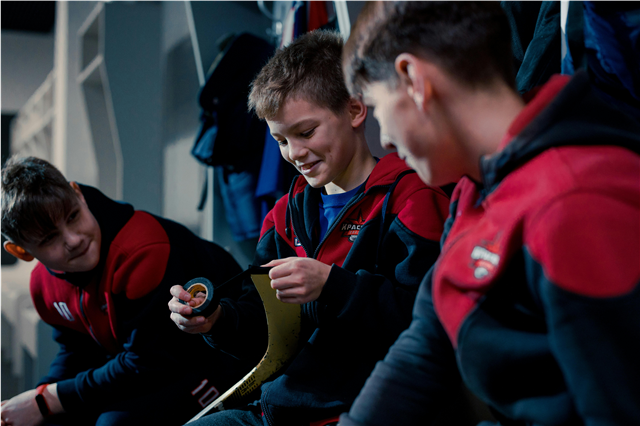
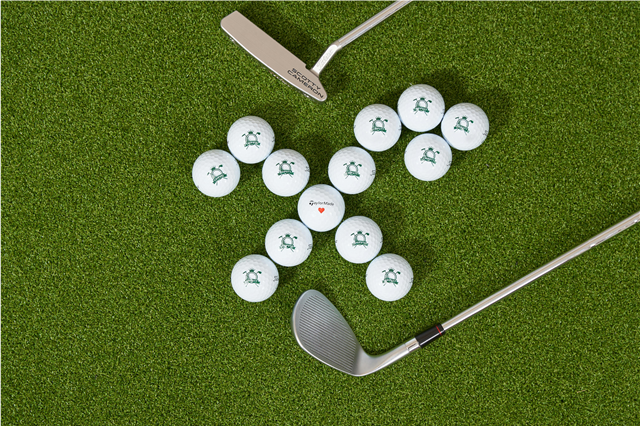
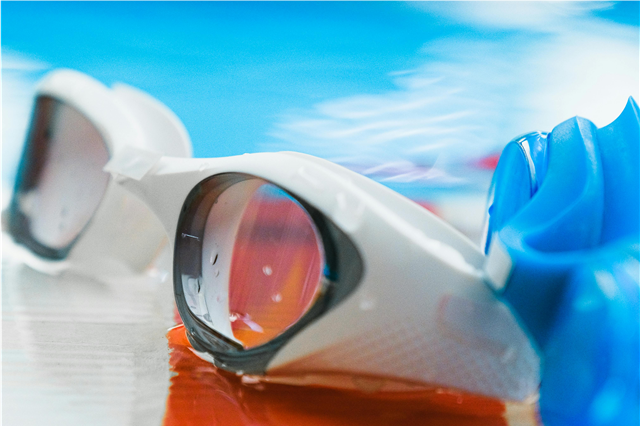
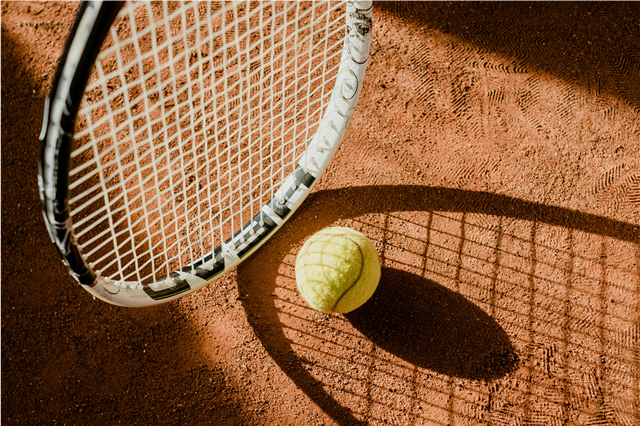







Post Comment